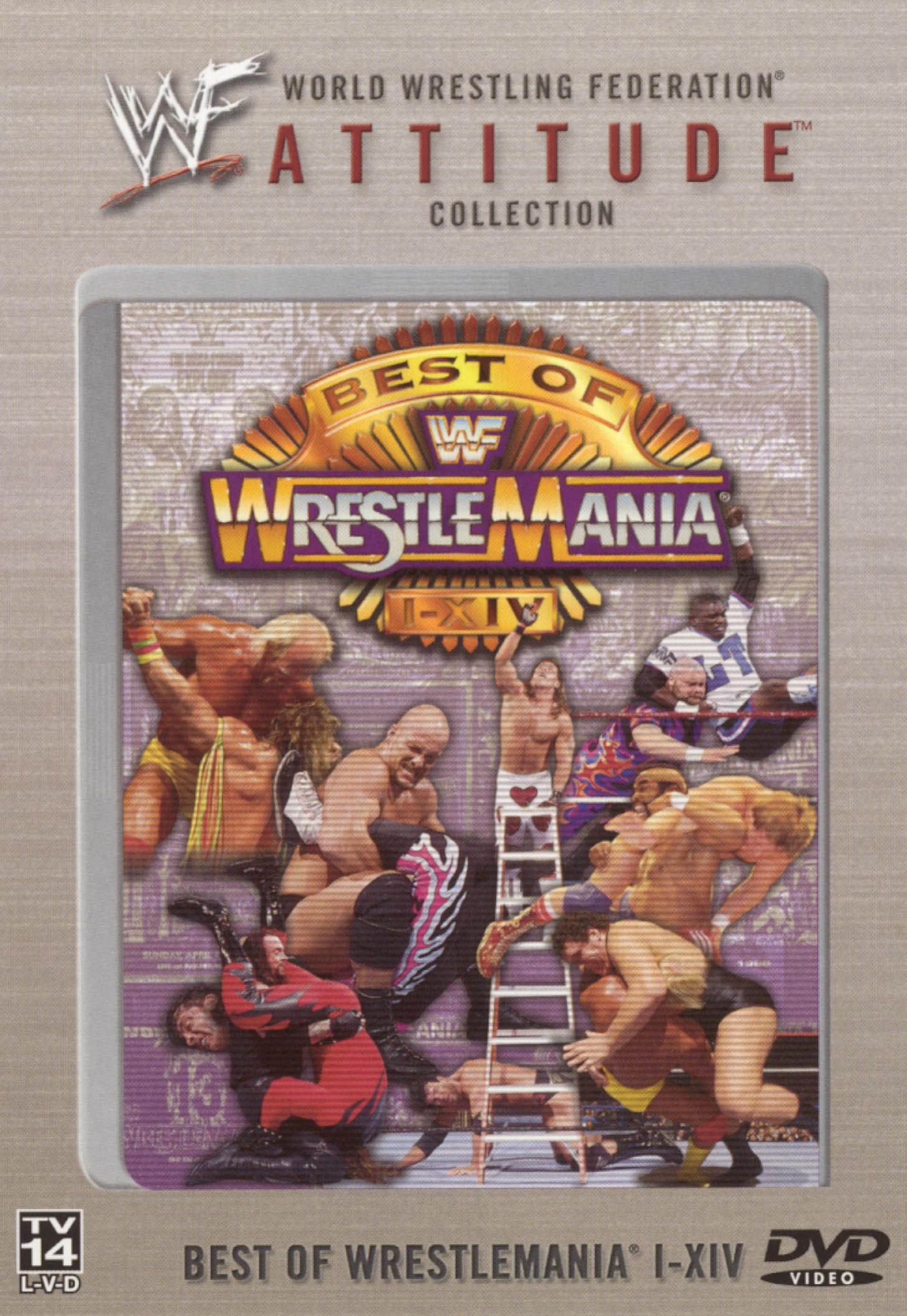Could a single night truly revolutionize an entire industry? WrestleMania I, held at Madison Square Garden on March 31, 1985, didn't just mark the beginning of a new wrestling tradition; it redefined the landscape of professional wrestling forever.
The seeds of this monumental shift had been sown long before the inaugural event. The World Wrestling Federation (WWF), under the stewardship of Vince McMahon, was already beginning to understand the power of spectacle and the potential of reaching a wider audience. McMahon, with his eye for entertainment and his understanding of the nascent pay-per-view market, envisioned something far grander than the regional wrestling promotions that had dominated the scene for decades. He sought to create an event that transcended the confines of the wrestling ring and became a cultural phenomenon, one that would draw in not just wrestling fans, but the mainstream as well.
This ambitious vision materialized on that fateful night in New York City, in the iconic Madison Square Garden. The atmosphere was electric. A crowd of 19,121 fans, a testament to the growing popularity of the sport, filled the arena. However, the reach of WrestleMania I extended far beyond the confines of the Garden. It was also broadcast on closed-circuit television across the nation, allowing countless others to witness the spectacle. The stage was set for a night of wrestling history.
The card, a carefully curated mix of established stars and rising talent, reflected McMahon's strategy of attracting a broad audience. The main event, a tag team match pitting Hulk Hogan and Mr. T against Roddy Piper and Paul Orndorff, epitomized this approach. Hogan, with his charisma and larger-than-life persona, was the perfect embodiment of the WWF's new, more flamboyant style. Mr. T, a Hollywood star known for his role in the television series The A-Team, brought a level of mainstream appeal that wrestling had rarely seen before. Facing them were the villainous Piper, a master of psychological warfare in the ring, and Orndorff, a formidable competitor. This combination of wrestling talent and celebrity appeal proved to be a winning formula.
The undercard featured a series of matches designed to showcase the breadth of talent within the WWF. Tito Santana, a skilled and popular wrestler, opened the show with a victory over The Executioner. King Kong Bundy, a massive and imposing figure, delivered a devastating squash match, defeating S.D. Jones in a mere nine seconds. Andre the Giant, a true icon of the sport, faced off against Big John Studd in a $15,000 body slam match, a contest that highlighted the physical prowess and storytelling abilities of these legendary performers. Ricky Steamboat, another talented wrestler, defeated Matt Borne.
The success of WrestleMania I was undeniable. It not only generated significant revenue for the WWF, but it also established the organization as the dominant force in the wrestling industry. The event set a precedent for future WrestleMania events, which would grow in scale and become annual cultural touchstones. The use of celebrities, the emphasis on storytelling, and the overall production value elevated professional wrestling to a new level of popularity.
Beyond the immediate financial and promotional gains, WrestleMania I had a profound impact on the long-term trajectory of professional wrestling. It helped to create a national, then global, audience for the sport. It paved the way for the rise of pay-per-view as a major revenue stream for wrestling promotions. It influenced the style of wrestling, encouraging a more theatrical and character-driven approach. And it established the template for the modern wrestling event, a spectacle that combines athleticism, storytelling, and entertainment.
The legacy of WrestleMania I is etched in the history books. It was a bold gamble that paid off handsomely. It transformed the wrestling industry, proving that with vision, determination, and a willingness to break from tradition, anything is possible. This event marked a turning point, the moment professional wrestling truly became sports entertainment and began its ascent into the pop culture stratosphere.
| WrestleMania I - Key Information | |
|---|---|
| Event Name: | WrestleMania I |
| Date: | March 31, 1985 |
| Location: | Madison Square Garden, New York City, New York |
| Attendance: | 19,121 |
| Production Company: | World Wrestling Federation (WWF) |
| Key Matches: | Hulk Hogan & Mr. T vs. Roddy Piper & Paul Orndorff Tito Santana vs. The Executioner King Kong Bundy vs. S.D. Jones Andre the Giant vs. Big John Studd Ricky Steamboat vs. Matt Borne |
| Significance: | Inaugural WrestleMania event; Established the WWF as a dominant force; Transformed professional wrestling |
| Broadcasting: | Pay-per-view (in select areas) and closed-circuit television |
| Impact: | Shifted the paradigm of professional wrestling, creating a model for all future major events; Increased the popularity of wrestling. |
| Legacy: | Established WrestleMania as a major event in the world of professional wrestling and a cultural phenomenon. |
| Reference: | Wikipedia - WrestleMania I |
The event's success served as the blueprint for all WrestleManias that followed. It was more than a wrestling show; it was a cultural phenomenon, and the beginning of a new era for professional wrestling.



